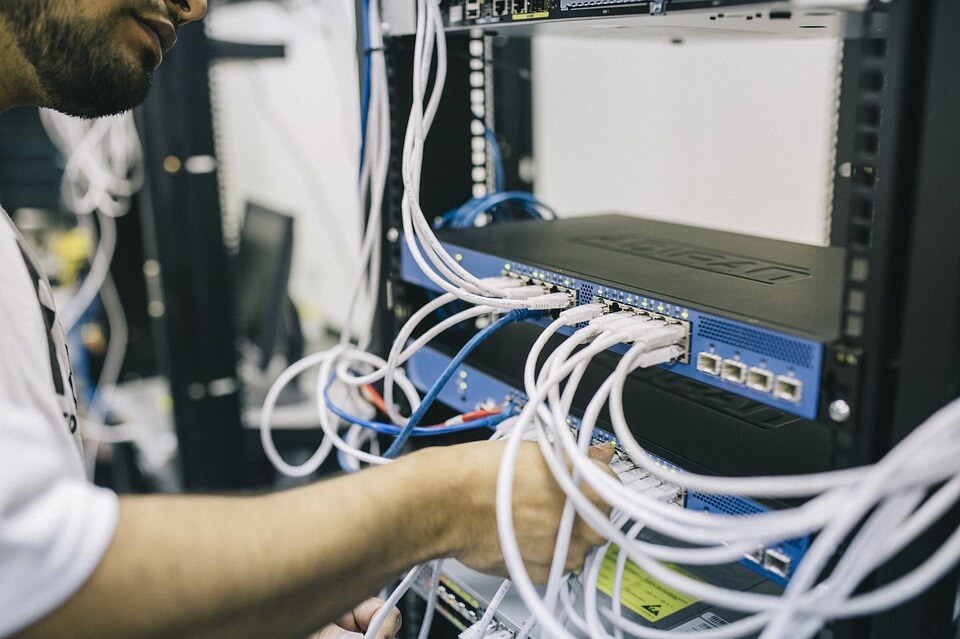In the race for global connectivity, Latin America has become a major player. In the immediate aftermath of Capacity Latam, Latin America’s largest wholesale telecommunications gathering, held in March in São Paulo, several major Latin American cities began bidding for retreats and events among companies looking to expand their reach in the now deregulated industry.
Fiber optic services have increased in the last five years, especially in Mexico. In fact, as of 2017, 18% of all internet access in Mexico was through fiber optic networks, higher than the United States, Germany, France and the United Kingdom. In short, the demand for IP transit services and increased accessibility is at an all-time high.
Under the new Telecommunications Law, Mexico’ s ambitious Backbone network has plans to plan and implement a national high-capacity data transport network extending over 25,000 km (15,534 miles). According to the project’s objectives, the Backbone Network seeks to “light up dark fiber, operate the network, deploy more kilometers of dark fiber and increase the number of points of presence.” In addition to providing higher capacity connectivity to remote areas, the project will also foster competition in locations that currently have only a small number of IP transit services. In these underserved areas, many small businesses and local governments make do with a copper cable Internet connection that, while useful, cannot compete with the speed and capacity of a fiber line. With peak speeds of 43 terabits per second, cities are working to move away from the cable networks of the past in hopes of achieving the speed and efficiency of a fiber-optic network. This process is slowly but surely expanding, as broadband developers such as Cobalt Holdings hope to build fiber optic networks in northern Quintana Roo in hopes of providing services to Cancun and Rivera Maya. In this same article, author Cinthia Loera points out that the options available for Internet depend entirely on local ISPs, and Telmex provides one of the highest coverage and access to fiber optic services in selected areas.
In addition to providing greater national connectivity, the most recent Backbone Network plans offer monetary compensation to enable free Internet access in public places such as schools and hospitals.




